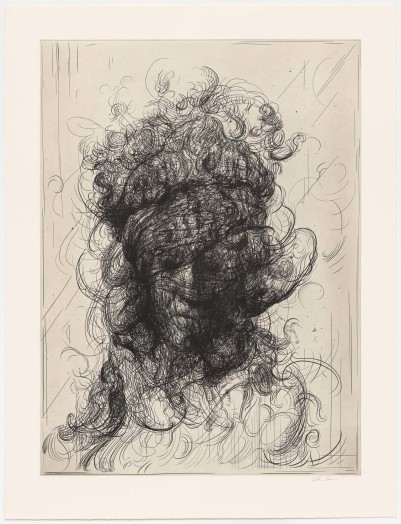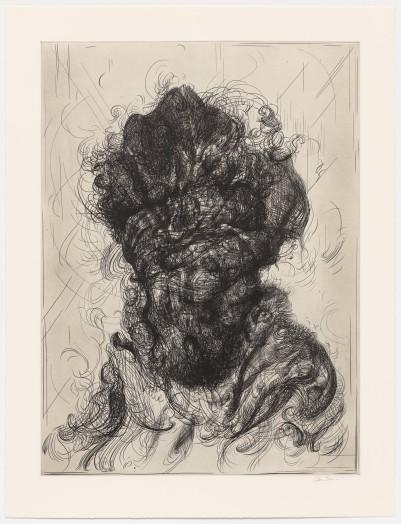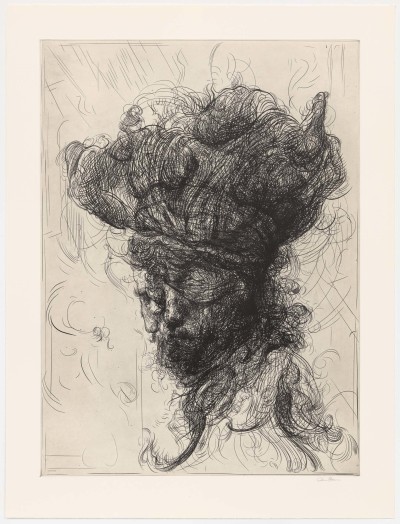Rembrandt: Britain's Discovery of the Master: Scottish National Gallery, Edinburgh
This exclusive new exhibition, which will only be shown in Edinburgh, reveals how the taste for Rembrandt's work in Britain evolved over the past 400 years. From early beginnings around 1630, it grew into a mania that gripped collectors and art lovers across the country, reaching a fever pitch in the late-eighteenth century. The exhibition also reveals the profound impact of Rembrandt's art on the British imagination, by exploring the wide range of native artists whose work has been inspired by the Dutch master, over four centuries, right up to the present day.
The exhibition brings together key works by Rembrandt which remain in British collections, including Belshazzar's Feast (c.1635) from the National Gallery London, and Girl at a Window (1645) from Dulwich Picture Gallery, as well as star paintings now overseas, such as The Mill (1645/8) from the National Gallery in Washington, which left Britain when it was sold to a US collector for the staggering sum of £100,000 in 1911.
Rembrandt is renowned for the penetrating realism of his self-portraits and there will be some particularly fine examples in this show, including the extraordinary Self-Portrait, aged 51 (on long-term loan to the Scottish National Gallery) and Portrait of the Artist as Young Man (c.1629-31) from the Walker Art Gallery in Liverpool, which was the first painting by the artist to leave Holland and the first to enter a British collection, when it was presented to Charles I in the early 1630s.
It was Rembrandt's portraits and landscapes that most attracted British collectors, and which had a particularly powerful impact on British artists. The exhibition will include his only portraits of 'British' sitters, Rev Johannes Elison and his wife Maria Bockenolle (both 1634), on loan from the Museum of Fine Arts, Boston, and key landscapes including The Rest on the Flight into Egypt (1647) from the collection of the National Gallery of Ireland in Dublin. Although they were painted in Amsterdam, the Boston portraits depict a Dutch couple who lived in Norwich, and the paintings were in Britain by 1677. They are one of only three pairs of full-length portraits painted by Rembrandt, and have not been seen in the UK since 1929.
The artist's genius was equally apparent in his mastery of printmaking and drawing as in his painting; alongside 16 key works in oil (and further oils by his workshop) will be an extensive selection of more 13 fine drawings and more than 20 prints, including some of his most celebrated etchings, such as Christ Presented to the People (1655), The Three Trees (1643) and Portrait of Jan Six (1647).
Among the British artists represented in the exhibition will be William Hogarth (1697-1764) and Sir Joshua Reynolds (1723-92), both of whom betray a heavy debt to Rembrandt, seen here in works such as Reynolds's Self-Portrait when Young (1753-8). Reynolds also wrote extensively about Rembrandt's work and was an avid collector of it himself (A Man in Armour (1655), which he owned, will be on loan from Kelvingrove Art Gallery and Museum). Reynolds helped to burn Rembrandt's fame in the British psyche, and it has endured through the nineteenth and twentieth century to the present day. The exhibition will include a powerful version of A Woman bathing in a Stream (1654) by the renowned British painter Leon Kossoff (b.1926), as well as the work of artists such as John Bellany (1942-2013), Eduardo Paolozzi (1924-2005), and Frank Auerbach (b.1931).
Artworks
-
 Glenn BrownUnknown Pleasures, 2016Oil on panel164 x 105.5 x 2.2 cm (64 5/8 x 41 1/2 x 7/8 in)
Glenn BrownUnknown Pleasures, 2016Oil on panel164 x 105.5 x 2.2 cm (64 5/8 x 41 1/2 x 7/8 in) -
 Glenn BrownHalf-Life (after Rembrandt) 1, 2016Etching on paper, Velin Arches 400 gsm76 x 56 cm (29 7/8 x 22 1/8 in) image; 89 x 68 cm (35 x 26 3/4 in) sheetEdition of 35 plus 9AP
Glenn BrownHalf-Life (after Rembrandt) 1, 2016Etching on paper, Velin Arches 400 gsm76 x 56 cm (29 7/8 x 22 1/8 in) image; 89 x 68 cm (35 x 26 3/4 in) sheetEdition of 35 plus 9AP -
 Glenn BrownHalf-Life (after Rembrandt) 2, 2016Etching on paper, Velin Arches 400 gsm76 x 56 cm (29 7/8 x 22 1/8 in) image; 89 x 68 cm (35 x 26 3/4 in) sheetEdition of 35 plus 9AP
Glenn BrownHalf-Life (after Rembrandt) 2, 2016Etching on paper, Velin Arches 400 gsm76 x 56 cm (29 7/8 x 22 1/8 in) image; 89 x 68 cm (35 x 26 3/4 in) sheetEdition of 35 plus 9AP -
 Glenn BrownHalf-Life (after Rembrandt) 3, 2016Etching on paper, Velin Arches 400 gsm76 x 56 cm (29 7/8 x 22 1/8 in) image; 89 x 68 cm (35 x 26 3/4 in) sheetEdition of 35 plus 9AP
Glenn BrownHalf-Life (after Rembrandt) 3, 2016Etching on paper, Velin Arches 400 gsm76 x 56 cm (29 7/8 x 22 1/8 in) image; 89 x 68 cm (35 x 26 3/4 in) sheetEdition of 35 plus 9AP
-
 Glenn BrownHalf-Life (after Rembrandt) 4, 2016Etching on paper, Velin Arches 400 gsm76 x 56 cm (29 7/8 x 22 1/8 in) image; 89 x 68 cm (35 x 26 3/4 in) sheetEdition of 35 plus 9AP
Glenn BrownHalf-Life (after Rembrandt) 4, 2016Etching on paper, Velin Arches 400 gsm76 x 56 cm (29 7/8 x 22 1/8 in) image; 89 x 68 cm (35 x 26 3/4 in) sheetEdition of 35 plus 9AP -
 Glenn BrownHalf-Life (after Rembrandt) 5, 2016Etching on paper, Velin Arches 400 gsm76 x 56 cm (29 7/8 x 22 1/8 in) image; 89 x 68 cm (35 x 26 3/4 in) sheetEdition of 35 plus 9AP
Glenn BrownHalf-Life (after Rembrandt) 5, 2016Etching on paper, Velin Arches 400 gsm76 x 56 cm (29 7/8 x 22 1/8 in) image; 89 x 68 cm (35 x 26 3/4 in) sheetEdition of 35 plus 9AP -
 Glenn BrownHalf-Life (after Rembrandt) 6, 2016Etching on paper, Velin Arches 400 gsm76 x 56 cm (29 7/8 x 22 1/8 in) image; 89 x 68 cm (35 x 26 3/4 in) sheetEdition of 35 plus 9AP
Glenn BrownHalf-Life (after Rembrandt) 6, 2016Etching on paper, Velin Arches 400 gsm76 x 56 cm (29 7/8 x 22 1/8 in) image; 89 x 68 cm (35 x 26 3/4 in) sheetEdition of 35 plus 9AP
